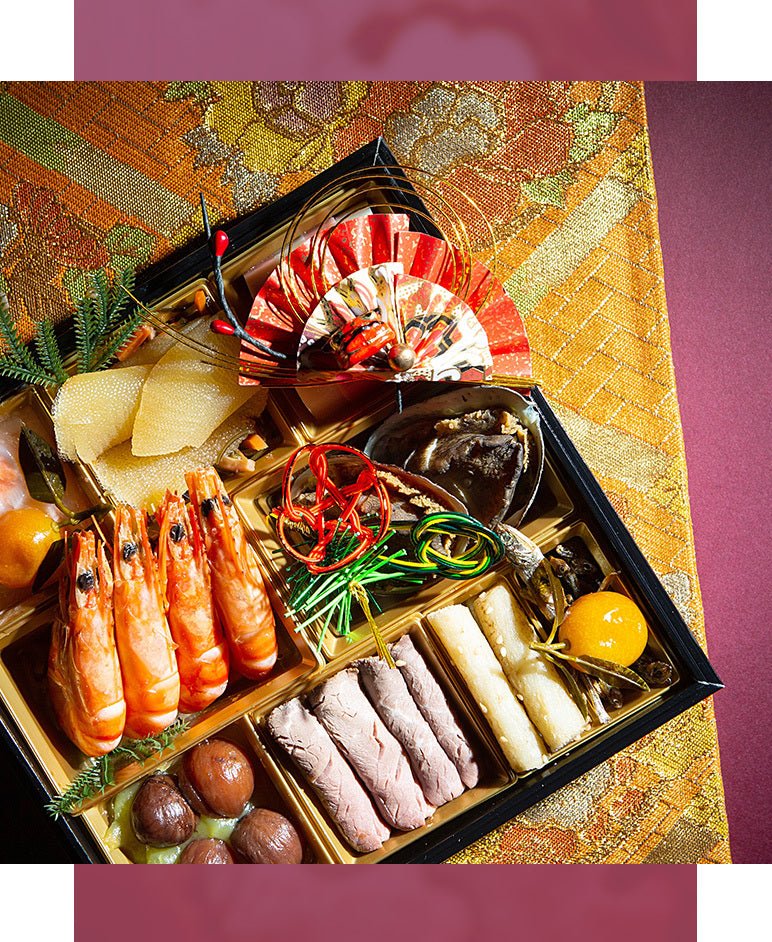In Japan, New Year (Shōgatsu) is the most important holiday, celebrated according to the Gregorian calendar. Characteristic features include the ringing of temple bells, sending New Year's cards, and giving money to children in small envelopes.
JAPANESE NEW YEAR - TRADITIONS
New Year in Japan is a magical time, full of unique customs and traditions that distinguish it from celebrations in other parts of the world. The Japanese attach great importance to preparations for this holiday, which is expressed in special care for the home and its surroundings. One of the most characteristic elements of these preparations is decorating homes with kadomatsu, traditional decorations made of bamboo and pine, placed at the entrance to the home, which are supposed to protect against evil and impurities. The purification of the living and spiritual space is key in Japanese preparations for the New Year. The custom known as ōsōji, or great cleaning, includes not only physical cleanliness, but also mental cleanliness. It is a time to tidy up not only the home, but also your thoughts and life, to pay off debts or pay overdue bills. The tradition of the kamidana, or Shinto home altar, is equally important. It is decorated with fresh sakaki tree leaves and shimenawa rope, which is supposed to symbolically separate the sacred from the profane. The offering of kagami mochi, round rice cakes that symbolize the three sacred treasures of Japan, is part of this tradition.

JAPANESE NEW YEAR - NEW YEAR'S EVE IN JAPAN
New Year's Eve in Japan is primarily a family celebration. During the ceremonial dinner, dishes with symbolic meaning appear, such as soba noodles, symbolizing long life, or kagami mochi. A meal of osechi ryōri, containing black beans, shrimp, and herring roe, is supposed to bring abundance and prosperity to the home. At exactly midnight, bells ring in Japanese temples. You can hear 108 strikes, which symbolize the 108 sins of man or human worries.
Nengajō, or New Year's postcards, are an important part of holiday traditions. They are sent to family, friends, and coworkers to emphasize the importance of relationships and mutual respect.
Hatsumōde, or the first shrine visit of the New Year, is a key moment of celebration. It is a time for offerings and prayers to ensure good fortune for the coming year.
Finally, the Emperor's New Year's Address is an important event where the Japanese monarch extends his best wishes to his subjects. It is an opportunity to reflect on the past year and hope for the future.
During this special time, we cannot forget about otoshidama, traditional cash gifts for children to ensure good luck and prosperity in the coming year.
New Year in Japan is a unique holiday that combines tradition with modernity, spirituality with everyday life, showing the unique character of Japanese culture.






